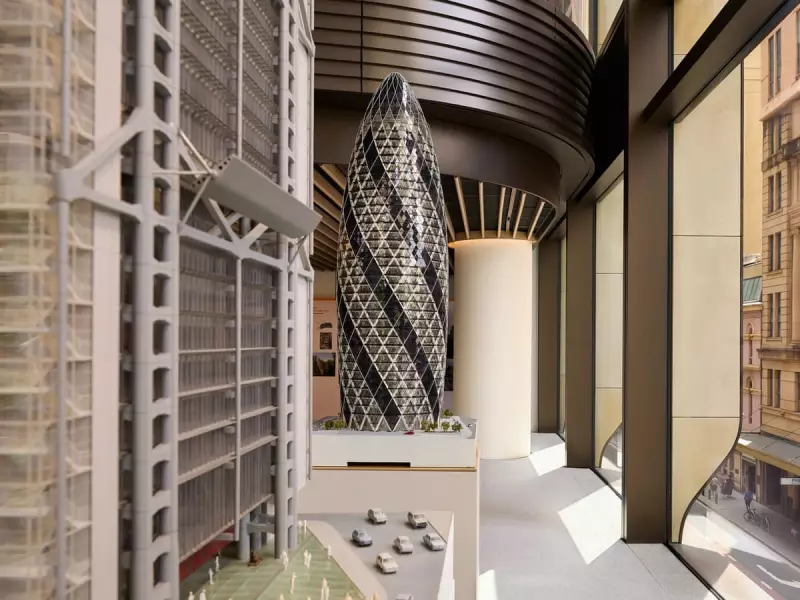
In an era dominated by digital renderings and virtual reality, a compelling new exhibition in London is making the case for the enduring magic of physical architectural models. Tiny Beautiful Things at the Royal Institute of British Architects reveals why these miniature creations continue to captivate architects and the public alike.
The Tangible Connection
Curator Charles Holland argues that physical models offer something digital simulations cannot replicate. "There's an immediacy to holding a model in your hands," he explains. "You can walk around it, view it from different angles, and understand the space in a way that feels fundamentally human."
The exhibition showcases everything from rough conceptual models made from cardboard and foam to exquisitely detailed miniatures that took hundreds of hours to create. Each tells a story not just about the building it represents, but about the creative process behind it.
From Sketch to Reality
Visitors can explore how models serve multiple purposes throughout a building's lifecycle:
- Concept Development: Rough study models help architects test ideas quickly
- Client Communication: Physical models make abstract designs understandable
- Planning Applications: Councils and communities can better visualise proposals
- Construction Guidance: Builders use detailed models to understand complex elements
A Digital Counterpoint
Rather than positioning physical models against digital tools, the exhibition shows how they complement each other. Many contemporary architects use both, creating digital designs that are then translated into physical form using advanced techniques like 3D printing and laser cutting.
"The model becomes a bridge between the digital and physical worlds," notes Holland. "It's where the virtual design meets material reality."
Historical Perspective Meets Future Vision
The exhibition spans decades of architectural practice, featuring models from both renowned practices and emerging talents. This historical context demonstrates how model-making has evolved while maintaining its core purpose as a tool for thinking, communicating, and creating.
For architecture enthusiasts and curious visitors alike, Tiny Beautiful Things offers a unique opportunity to peer into the creative process and appreciate the artistry that goes into these miniature masterpieces.
The exhibition runs until March 2026, providing ample time to discover why in architecture, sometimes the most powerful statements come in the smallest packages.





